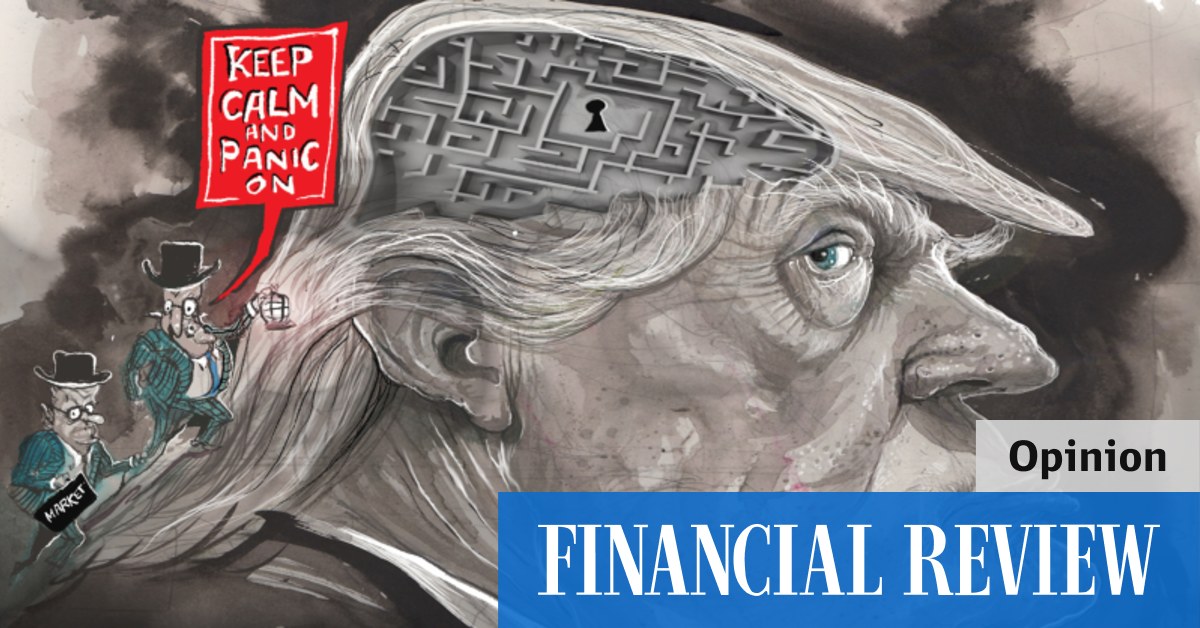Donald Trump's Tariffs: The High Cost Of His Trade Deals

Discover more detailed and exciting information on our website. Click the link below to start your adventure: Visit Best Website. Don't miss out!
Table of Contents
Donald Trump's Tariffs: The High Cost of His Trade Deals
Donald Trump's presidency was marked by a significant shift in US trade policy, characterized by the widespread imposition of tariffs on goods imported from various countries. While the stated aim was to protect American industries and jobs, the long-term consequences of these tariffs remain a subject of intense debate, with many economists arguing that the costs significantly outweighed the benefits. This article delves into the impact of Trump's tariffs, exploring their economic consequences and lingering effects on the US and global economy.
The Rationale Behind the Tariffs:
Trump's administration justified the tariffs, often referred to as "trade wars," by arguing they were necessary to address perceived unfair trade practices, particularly from China. The administration claimed these tariffs would level the playing field, boost domestic manufacturing, and ultimately create more American jobs. Key targets included steel and aluminum imports, alongside a broad range of Chinese goods. This aggressive approach, however, sparked retaliatory tariffs from other nations, escalating tensions and creating uncertainty in the global marketplace.
The Economic Fallout:
The economic impact of Trump's tariffs was multifaceted and far-reaching. While some sectors, particularly those directly involved in steel and aluminum production, experienced short-term gains, the overall effect was largely negative. Studies by organizations like the Peterson Institute for International Economics have consistently shown that the tariffs led to:
- Higher consumer prices: Tariffs increased the cost of imported goods, directly impacting consumers through higher prices for everyday items. This inflationary pressure disproportionately affected lower-income households.
- Reduced US exports: Retaliatory tariffs imposed by other countries significantly hampered US exports, impacting various industries and leading to job losses in export-oriented sectors.
- Damage to supply chains: The disruption caused by the tariffs complicated global supply chains, leading to delays, increased costs, and uncertainty for businesses.
- Slower economic growth: The overall effect of these negative factors was a dampening effect on US economic growth, reducing GDP and hindering investment.
Beyond the Numbers: The Human Cost
The economic consequences translated into real-world hardship for many Americans. Farmers, particularly soybean producers, faced significant losses due to retaliatory tariffs from China. The increased cost of imported goods placed a strain on household budgets, eroding purchasing power. While some jobs may have been created in certain sectors, the overall net effect on employment remains a subject of ongoing debate, with many economists arguing that job losses in export-oriented industries outweighed any gains in protected sectors.
Long-Term Implications and Lessons Learned:
The legacy of Trump's tariffs extends beyond the immediate economic fallout. The trade wars created significant uncertainty in the global trading system, undermining trust and cooperation among nations. The experience highlighted the complexities of trade policy and the potential for unintended consequences when protectionist measures are implemented without a comprehensive understanding of their ripple effects. The long-term impact on US-China relations, in particular, remains a critical concern.
Conclusion:
While the intention behind Donald Trump's tariffs was to bolster American industry and create jobs, the evidence suggests that the costs significantly outweighed the benefits. The resulting higher consumer prices, reduced exports, damaged supply chains, and slower economic growth underscore the complexities of protectionist trade policies. The experience serves as a cautionary tale about the potential pitfalls of unilateral trade actions and the importance of considering the broader global implications before implementing such measures. Further research and analysis are needed to fully understand the long-term effects of these policies on the US and global economy. Understanding this history is crucial for informed future trade policy decisions.

Thank you for visiting our website wich cover about Donald Trump's Tariffs: The High Cost Of His Trade Deals. We hope the information provided has been useful to you. Feel free to contact us if you have any questions or need further assistance. See you next time and dont miss to bookmark.
Featured Posts
-
Psg Golea Al Le Mans Y Avanza A Cuartos De Final De Copa
Feb 06, 2025
-
Tarta Unveils Rosa Parks Mural At New Transit Hub Celebrates With Library Event
Feb 06, 2025
-
Marcus Jordan Legal Troubles And The Jordan Legacy
Feb 06, 2025
-
Velo Clube 2 X 2 Portuguesa Melhores Momentos E Analise Do Empate No Campeonato Paulista
Feb 06, 2025
-
Iowa Vs Purdue Basketball Recap Hawkeyes Fall In High Scoring Affair
Feb 06, 2025
